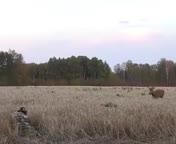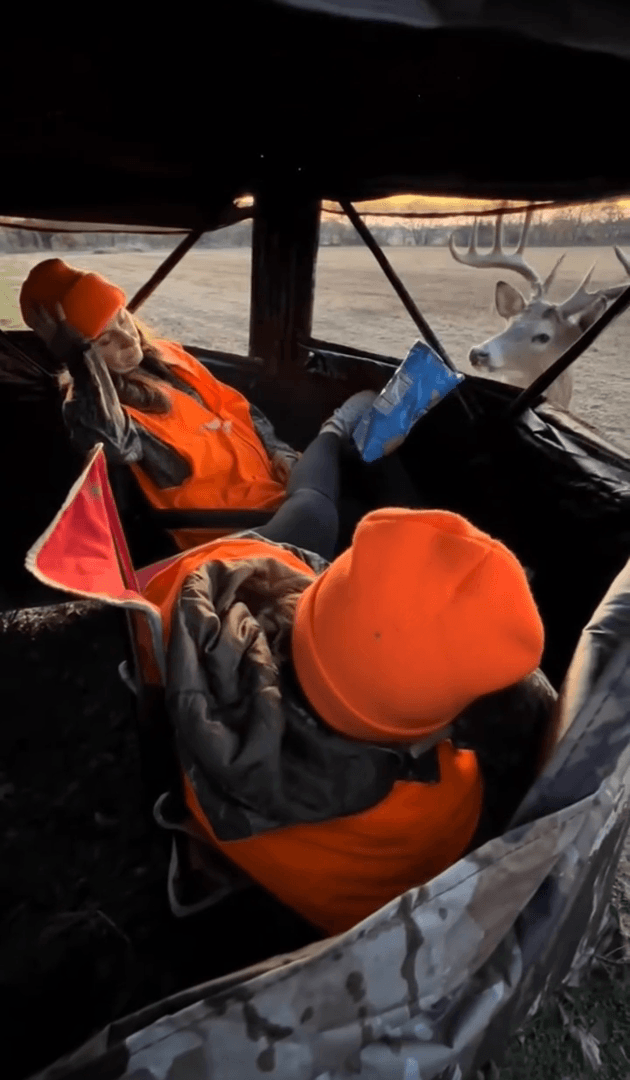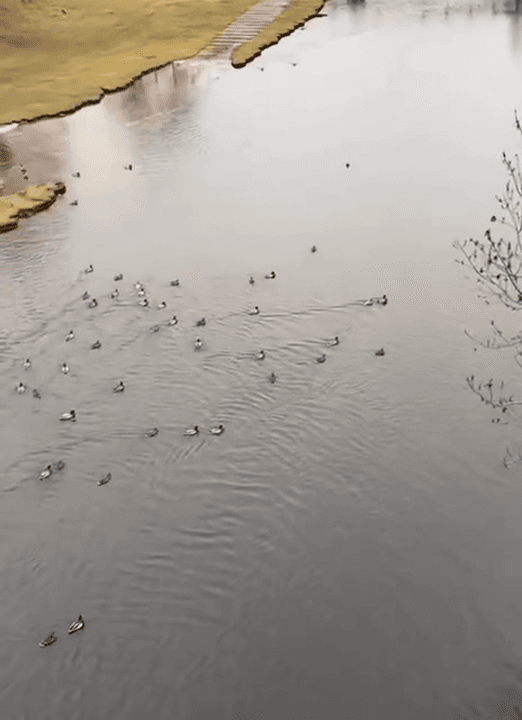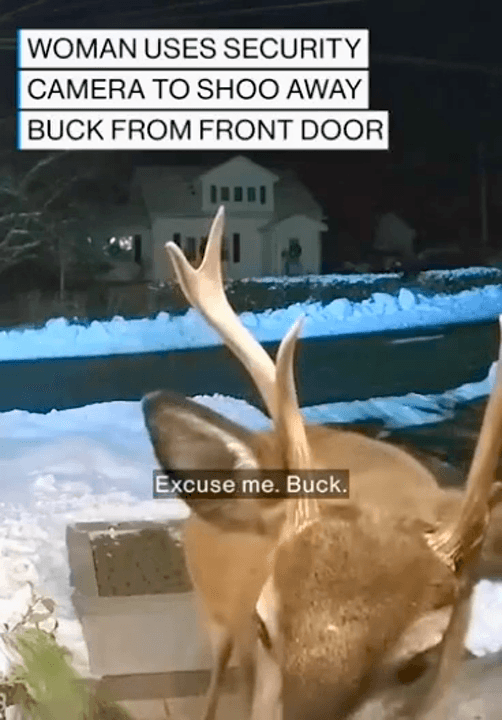
The California Hawking Club was formed in 1971 by a small group of dedicated falconers to preserve and promote the public image of the art of Falconry, to assist in the conservation of birds of prey, and to collect and disseminate information through its publications. THE PURPOSE OF THIS ORGANIZATION SHALL BE TO PRESERVE BIRDS OF PREY AND TO ADVANCE THE ART AND PRACTICE OF FALCONRY BY: The improvement of the qualifications and abilities of falconers through high standards of practice, experience, ethics, conduct, and achievement. The dissemination of knowledge through research, meetings, reports, papers, discussions, and publications. The active promotion of the public image of falconry to the end of having falconry viewed as an art and sport, to be preserved for future generations. The preservation of all birds of prey through the active education of the public as an appropriate and effective conservation measure. Website: calhawkingclub.org Address: California Hawking Club P.O. Box 1883 Solvang, CA 93464 USA Phone: Phone information may be available through the contact form on the website or for club members.
Post: 14 March 17:11
















































